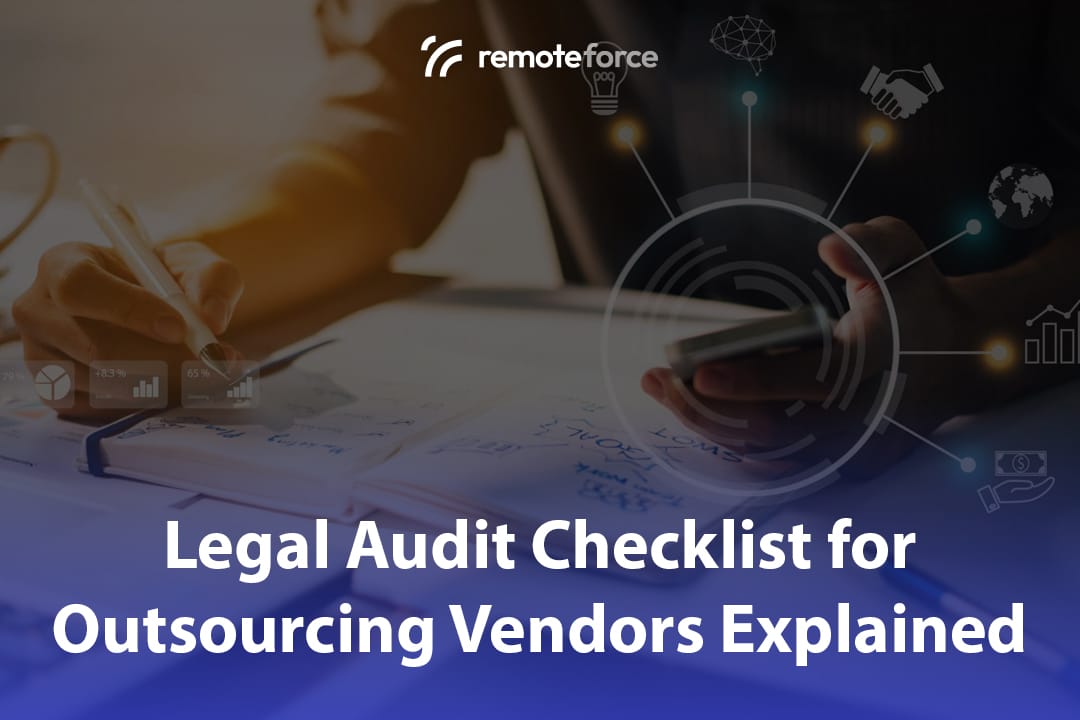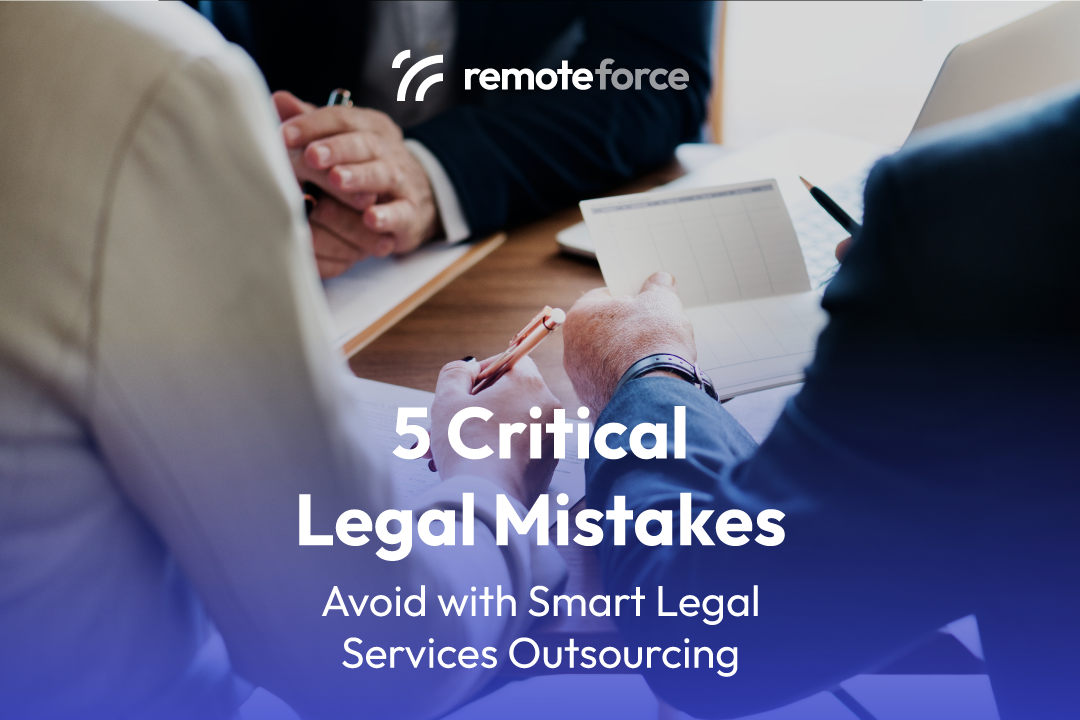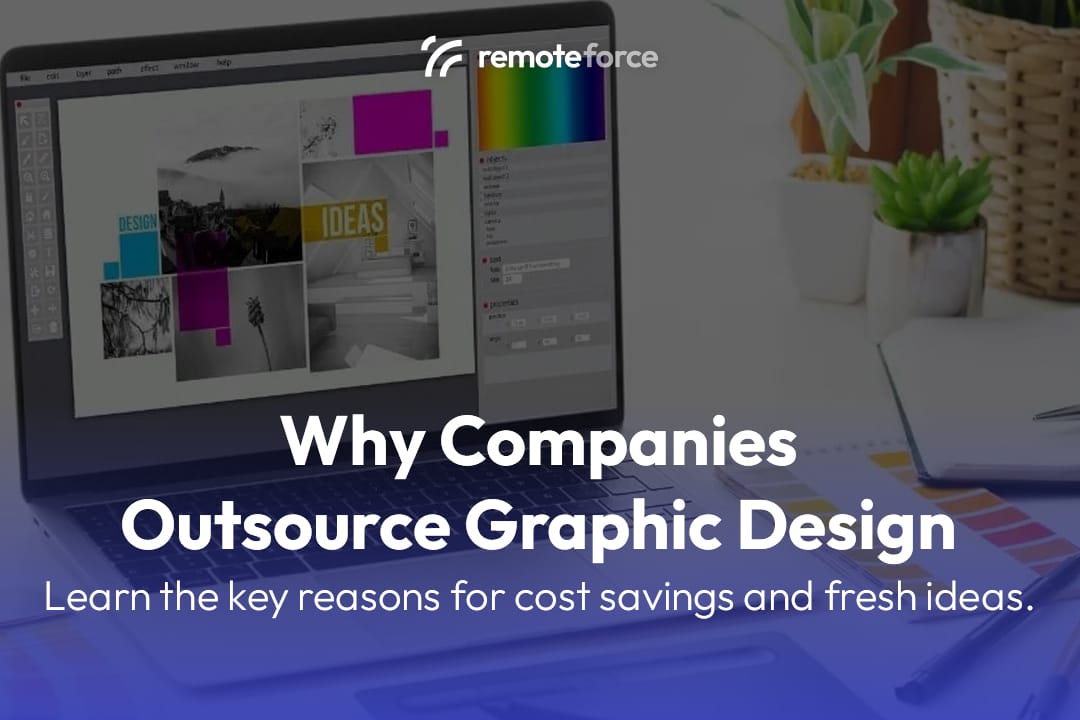Entering an outsourcing partnership—whether for digital marketing, graphic design, legal support, or web development—is a strategic move that introduces legal risk. The client, while not the direct employer of the outsourced staff, still bears responsibility if their vendor operates illegally or unethically.
A Legal Audit Checklist is a mandatory due diligence tool used to systematically verify the vendor’s compliance, operational integrity, and risk mitigation strategies. It transforms trust into verifiable facts.
Here is a comprehensive checklist, explained, that every business should use before signing a Master Service Agreement (MSA).
Table of Contents
ToggleBusiness Registration and Licensing Verification
The foundation of a legal partnership is the vendor’s right to operate. You must verify their formal business status.
| Checklist Item | What to Ask For & Verify | Why It Matters (Risk Mitigation) |
|---|---|---|
| Official Business Registration | Request the official Articles of Association and the current Business Identification Number (NIB) or equivalent (e.g., Certificate of Incorporation). | Confirms the vendor is a legally existing entity and not a shell company or sole proprietor masquerading as a large firm. |
| Operational Licenses | Verify they hold the specific licenses required for the services offered (e.g., Manpower Supply license, IT Consultancy license, or Advertising license). | Ensures the vendor is legally permitted to provide the type of service you are buying. Services like accounting and legal support often have mandatory regulatory permits. |
| Tax Compliance Status | Request their latest Tax Identification Number (TIN) certificate and confirmation of their annual tax filings (e.g., a statement of compliance from the relevant Tax Office). | Guarantees the vendor is financially stable and compliant, minimizing the risk of tax liabilities being indirectly pushed to the client. |
Labor Law and Employment Compliance
This section is the most crucial, as labor non-compliance introduces the highest risk of co-employment liability for the client.
| Checklist Item | What to Ask For & Verify | Why It Matters (Risk Mitigation) |
|---|---|---|
| Worker Classification | Review the vendor’s standardized employment contract template. It must clearly state the worker is a full-time employee of the vendor, not the client. | Establishes a clear separation of employment, defending the client against claims of being a “co-employer.” |
| Mandatory Benefits Proof | Request documentation showing enrollment and current payment for employee Social Security, Health Insurance, and Pension funds. | Ensures the vendor meets statutory labor obligations. Non-payment can lead to government fines that may disrupt your service delivery. |
| Wage & Hours Compliance | Verify that the contracted wages and working hours align with local minimum wage, overtime, and holiday laws in the vendor’s jurisdiction. | Protects the client from being associated with unfair labor practices. |
| Employee Handbook / SOPs | Review their internal policies (e.g., disciplinary actions, leave requests, termination process). | Confirms the vendor has professional HR standards and systems in place to manage staff ethically. |
Contractual Integrity and Risk Allocation
This section focuses on the terms of the Master Service Agreement (MSA) between your company and the vendor.
| Checklist Item | What to Ask For & Verify | Why It Matters (Risk Mitigation) |
|---|---|---|
| Indemnification Clause | Ensure the vendor agrees to indemnify, defend, and hold harmless the client against any and all claims, fines, or penalties arising from the vendor’s non-compliance. | Transfers the legal and financial burden of the vendor’s labor or tax mistakes back to the vendor. |
| Intellectual Property (IP) Ownership | The contract must explicitly state that all IP (code, designs, content, formulas) created by the outsourced worker is immediately and automatically assigned to the client. | Secures your ownership of the deliverables, preventing future disputes over asset rights. |
| Termination and Exit Strategy | The MSA must detail the process for an orderly contract termination, including the required notice period and the handover of all data, assets, and project knowledge. | Ensures service continuity and allows for a smooth transition if the partnership needs to end for any reason. |
| Dispute Resolution Mechanism | Verify the contract specifies the governing law, venue, and the method for resolving disputes (e.g., mediation, arbitration, or specific court jurisdiction). | Provides a clear, pre-agreed path for resolving conflicts without lengthy litigation. |
Data Protection and Confidentiality Audit
For services involving data handling (digital marketing, accounting, secretarial), security is a legal mandate.
| Checklist Item | What to Ask For & Verify | Why It Matters (Risk Mitigation) |
|---|---|---|
| Non-Disclosure Agreements (NDAs) | Require proof that all assigned outsourced staff have signed a legally binding NDA with the vendor, covering your confidential information. | Ensures the workers themselves are bound by secrecy obligations. |
| Data Handling Protocol | Ask about their policies for data access, storage, and deletion. Do they use encrypted channels? Are client documents stored on secure, access-restricted servers? | Protects your sensitive client/business data from breaches and aligns with regulations like GDPR or local data privacy laws. |
| Security Audits | Inquire if they undergo third-party security audits (e.g., SOC 2, ISO 27001) or internal vulnerability assessments. | Provides external validation of their security infrastructure and commitment. |
Organizational Stability and Management
A trusted partner is operationally sound and financially transparent.
| Checklist Item | What to Ask For & Verify | Why It Matters (Risk Mitigation) |
|---|---|---|
| Financial Stability | Request summary financial statements or an auditor’s report to confirm solvency. | Ensures the vendor has the financial resources to pay staff and meet operating expenses without relying on your payments. |
| Insurance Coverage | Verify they hold comprehensive insurance, such as Professional Liability (Errors & Omissions) and General Liability Insurance. | Protects your company financially if the vendor makes a mistake (E&O) or causes physical damage. |
| Management Structure | Understand who the point person for legal and compliance is, and confirm their authority. | Ensures accountability and clear escalation channels for any legal issues that arise. |
Conclusion
A partnership is only as strong as its weakest legal link. Using this comprehensive Legal Audit Checklist allows your business to move beyond superficial assurances and secure verifiable proof of compliance. This rigorous process is necessary to protect your reputation, finances, and operational continuity.
At RemoteForce, we understand that legal compliance is not just a feature—it’s the foundation of trust. We proactively ensure our licensing, labor practices, and contractual frameworks are fully transparent and compliant with local regulations, allowing our clients to confidently leverage our expert teams in digital marketing, web development, and more.




